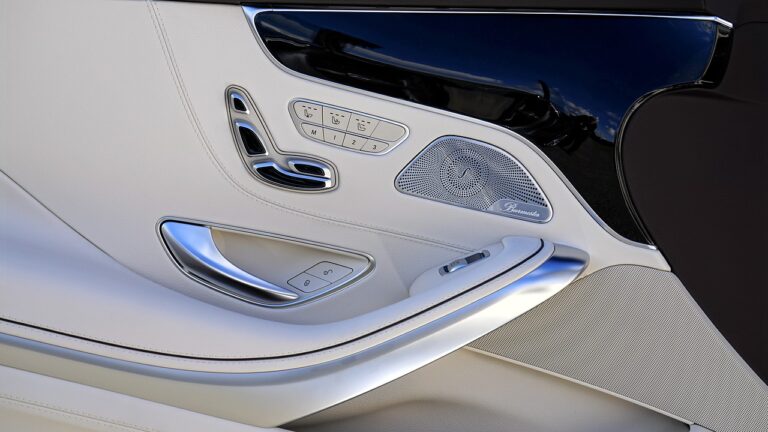Regulatory Challenges in the Development of New Automotive Technologies
In the realm of automotive regulations, government bodies play a crucial role in setting and enforcing standards that govern the safety and environmental impact of vehicles. Agencies such as the National Highway Traffic Safety Administration (NHTSA) in the United States and the European Commission in the European Union are key players in shaping the regulatory landscape. These organizations work tirelessly to ensure that vehicles meet strict safety standards and adhere to emissions requirements to protect both consumers and the environment.
Another significant player in the regulatory landscape is the Society of Automotive Engineers (SAE), an organization that develops technical standards for the automotive industry. These standards cover a wide range of areas, from vehicle safety systems to fuel efficiency requirements, providing guidance and benchmarks for manufacturers to follow. SAE standards help ensure consistency and quality across the automotive industry, fostering innovation and driving advancements in technology and safety features.
Impact of Regulations on Innovation in Automotive Technologies
Regulations in the automotive industry have a potent influence on the pace and direction of innovation in automotive technologies. As regulations become more stringent, manufacturers are compelled to invest in research and development to meet these standards. This pressure often leads to breakthroughs in technology, driving advancements in areas such as fuel efficiency, safety features, and alternative energy sources.
However, while regulations can act as a catalyst for innovation, they can also pose challenges for automakers. Stricter regulations may increase the cost of compliance, leading to higher prices for consumers. This, in turn, can slow down the adoption of new technologies and hinder progress towards more sustainable transportation solutions. Finding the balance between regulatory requirements and fostering innovation remains a delicate challenge for industry stakeholders and policymakers alike.
Regulations in the automotive industry drive innovation in technologies such as fuel efficiency and safety features
Pressure to meet stringent regulations leads to breakthroughs in research and development
Stricter regulations can increase compliance costs, leading to higher prices for consumers
Higher prices may slow down adoption of new technologies and hinder progress towards sustainable transportation solutions
Balancing regulatory requirements with fostering innovation is a delicate challenge for industry stakeholders and policymakers
Global Harmonization Efforts in Automotive Regulations
Global harmonization efforts in automotive regulations aim to create consistency and alignment across different countries and regions. These efforts involve collaboration between governments, regulatory bodies, and industry stakeholders to establish common standards and requirements for automotive technologies. By harmonizing regulations, it reduces barriers to market entry and facilitates trade between countries, ultimately benefiting consumers with access to safer and more innovative vehicles.
One of the key benefits of global harmonization in automotive regulations is the promotion of innovation. By streamlining requirements and preventing duplicative testing and certification processes, automakers can allocate resources more efficiently towards research and development of cutting-edge technologies. This enables faster adoption of advancements such as electric vehicles, autonomous driving systems, and vehicle-to-vehicle communication, driving the industry towards a more sustainable and connected future.
What are some of the key players in the regulatory landscape for automotive regulations?
Some key players in the regulatory landscape for automotive regulations include government agencies, industry associations, and international organizations like the United Nations Economic Commission for Europe (UNECE).
How do regulations impact innovation in automotive technologies?
Regulations can both facilitate and hinder innovation in automotive technologies. While regulations can drive innovation by setting standards and requirements for safety and environmental performance, they can also create barriers to entry for new technologies that do not meet regulatory standards.
What are global harmonization efforts in automotive regulations?
Global harmonization efforts in automotive regulations aim to align standards and requirements across different countries and regions to facilitate trade, improve safety, and promote innovation in the automotive industry. This can help reduce regulatory complexity and costs for manufacturers operating in multiple markets.







